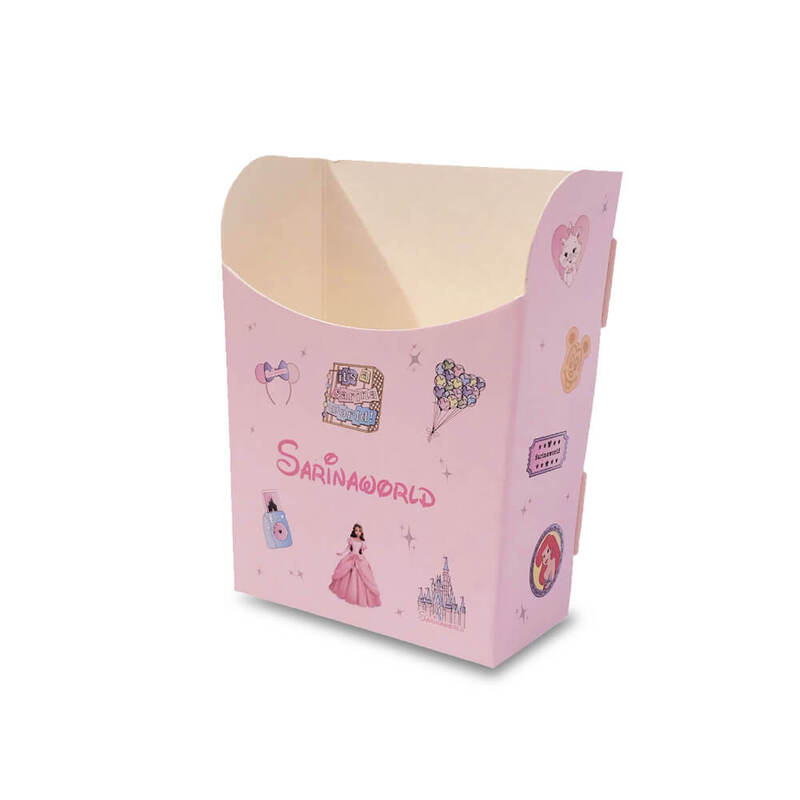The Rise of Disposable Food Packaging Containers A Necessary Convenience or an Environmental Challenge?
In today’s fast-paced world, the convenience of disposable food packaging containers has become an essential part of our daily lives. Whether it's for takeout meals, packed lunches, or convenient snacks, these containers offer a practical solution for consumers. However, the increasing reliance on disposable food packaging raises important questions about environmental sustainability and public health.
The Convenience Factor
Disposable food packaging containers have streamlined the way we consume food. With busy schedules and the rise of food delivery services, these containers provide a quick and easy way to transport meals. No longer do we need to worry about bringing our own containers or the hassle of cleaning up afterward. Their lightweight and portable nature make them particularly appealing for on-the-go lifestyles.
Additionally, disposable containers come in various materials, including plastic, cardboard, and biodegradable options. This diversity caters to the evolving preferences of consumers, allowing them to choose options based on convenience and environmental concerns. The quick availability of these containers has significantly contributed to the cultural shift towards fast food and takeout meals, allowing people to enjoy their favorite dishes without the time investment of cooking.
Environmental Concerns
Despite their undeniable convenience, the environmental impact of disposable food packaging cannot be overlooked. The production, use, and disposal of these containers have significant implications for our planet. Most disposable packaging is made from materials that are not biodegradable, resulting in mountains of waste in landfills. According to the Environmental Protection Agency (EPA), packaging accounts for a significant portion of the municipal solid waste stream. When these materials break down, they can release harmful chemicals into the environment.
Moreover, plastic packaging poses a particular threat to marine life. Studies have shown that millions of tons of plastic end up in our oceans every year, harming wildlife and disrupting ecosystems. As consumers become more aware of these issues, the demand for sustainable alternatives is rising. Companies are increasingly exploring eco-friendly packaging solutions, such as compostable containers made from plant-based materials, to address consumer concerns.
disposable food packaging containers

Public Health Implications
In addition to environmental challenges, disposable food packaging containers can have implications for public health. Many traditional packaging materials, particularly plastics, are associated with chemical leaching. For instance, some plastics can release harmful substances when heated, potentially contaminating food. The growing concern about food safety has led to calls for stricter regulations regarding the materials used in disposable packaging.
On the other hand, there are benefits to using disposable containers in terms of food hygiene. They minimize the risk of cross-contamination, especially in settings like restaurants and food trucks. Single-use packaging can help to ensure that food remains untouched until it reaches the consumer, reducing the likelihood of foodborne illnesses.
The Shift Towards Sustainability
As awareness of the environmental impact of disposable food packaging grows, many companies are taking steps to mitigate their effects. Innovative alternatives, such as edible packaging or reusable container systems, are emerging in the market. Companies are also investing in recycling programs and encouraging consumers to participate in sustainable practices.
Governments and industry leaders are beginning to implement policies to reduce disposable packaging waste. Some cities have enacted bans on certain types of single-use plastics, promoting reusable containers instead. These initiatives reflect a broader movement towards sustainability, encouraging consumers to make conscious choices about their packaging.
Conclusion
The debate surrounding disposable food packaging containers will continue as society grapples with balancing convenience and sustainability. While these containers offer undeniable benefits in terms of practicality and hygiene, their environmental and health implications cannot be ignored. As consumers become more informed, the demand for sustainable alternatives will likely reshape the food packaging industry. Ultimately, the path to a more sustainable future will depend on collective efforts from consumers, businesses, and policymakers to find solutions that prioritize both convenience and ecological responsibility.



